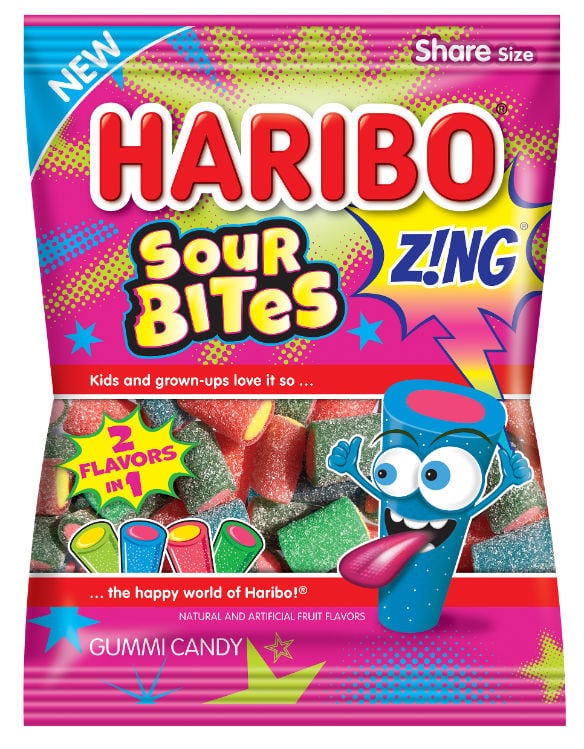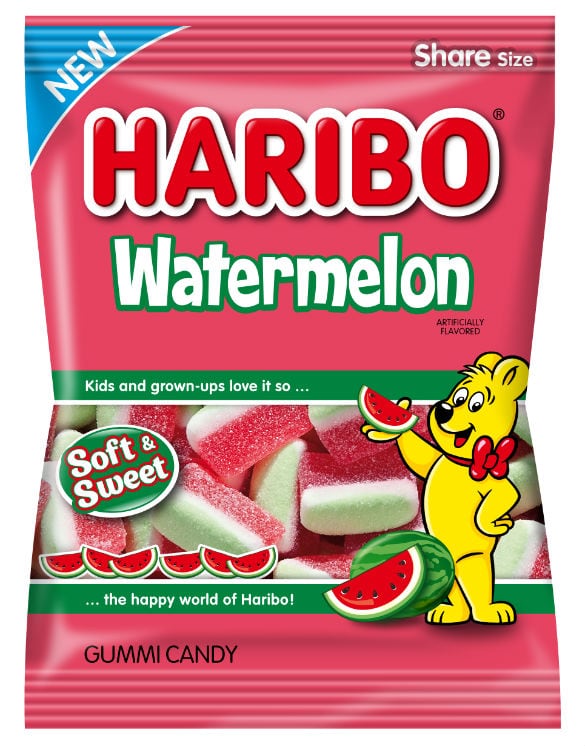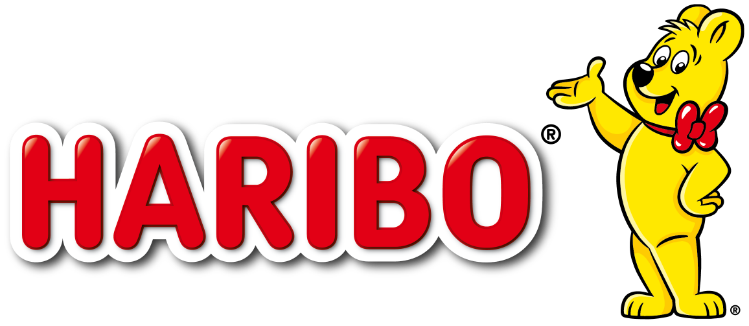Sponsored by the National Confectioners Association (NCA), the annual gathering of the world’s largest candy manufacturers exemplified the gummy category’s current power: Ferrara’s new Trolli ‘Crunchy Crawler’ – a gummy worm coated in a candy shell – took home ‘best in show’ in the NCA’s innovation awards.
But it was the Haribo bear that unleashed gummy mania on the US in 1982, when founder Hans Riegel introduced his Dancing Bear gummy across the pond.
At the time, current Haribo COO Rick LaBerge told ConfectioneryNews, “the texture of the gummy was just boring to the US palate.” People were confused. “They actually had to say: what is a gummy?”

The company has doubled down on the US market in 2015 and started “innovating in a meaningful way,” said LaBerge.
The non-chocolate category is growing, and gummies are driving that growth, he added, as historically non-confectionery shoppers begin buying into the market.
According to FONA International, sales of non-chocolate confections neared $8bn in 2017, with chewy leading the charge with 32% growth over five years. Taken together, gummies and chewy candy are expected to hit $5bn by 2022. The category benefits from a ‘propensity for variety, innovation, and new experiences.'
Gummy expansion
Haribo has responded to this demand by launching a sour line called Z!NG (read as ‘zing’), which includes long, dusted strands it calls ‘streamers.’ Their ‘playful’ nature, said LaBerge, encourages consumers to try one flavor at a time – each one is a different color and flavor – and eat them by twisting, rolling or pulling.
The Haribo Bear
The original Dancing Bear was shaped with outward facing feet, but Haribo updated the design in 1960 to the ‘compact, stylized appearance’ still in use today.
The company added the cartoon Goldbear on its packaging in 1989.
In addition to ‘Sour ‘Sghetti,’ the company launched dual-flavored ‘Sour Bites’ at Sweets & Snacks, as well as a part-sweet, part-sour watermelon gummy with three layers, including one marshmallow layer.

“Haribo does the sweet gummy very well,” said LaBerge, and many watermelon gummies skew sour.
Of course Haribo sells its iconic Gold-Bears in the US, but it added ‘Twin Snakes’ in 2017 and ‘StarMix’ in 2018. The latter combines some of the brand’s most beloved shapes and flavors in one bag.
“We knew consumers loved variety in a bag,” said LaBerge. Competitors can mix flavors but ‘not necessarily shape and flavor,’ and Haribo has plenty from which to choose.
A different customer base
In Germany, the Haribo name has been ‘synonymous’ with gummy candy in general – to the point that Germans would write the brand name on their shopping lists, said LaBerge. There, consumers enjoy a variety of Haribo candies, including Chamallos, a marshmallow candy; Lakritz, or licorice gummies in a variety of shapes; and Color-Rado, a mix of the brand’s gummies and licorice.
The US market has not yet developed the same affection for black licorice as much of Europe has, so Haribo sticks to its fruit-flavored gummies in the states. They can, however be found in a variety of shapes and flavors, including dinosaurs, frogs, cherries and cola bottles.
“It’s not the happy world of gummy bears. It’s the happy world of Haribo,” said LaBerge.
Though the gummy category has taken off in the US, Haribo believes it holds immense room for growth – so much so that it will break ground on a $242m manufacturing plant in southeastern Wisconsin.
The company told ConfectioneryNews the new site will be the largest confectionery facility in the US.

